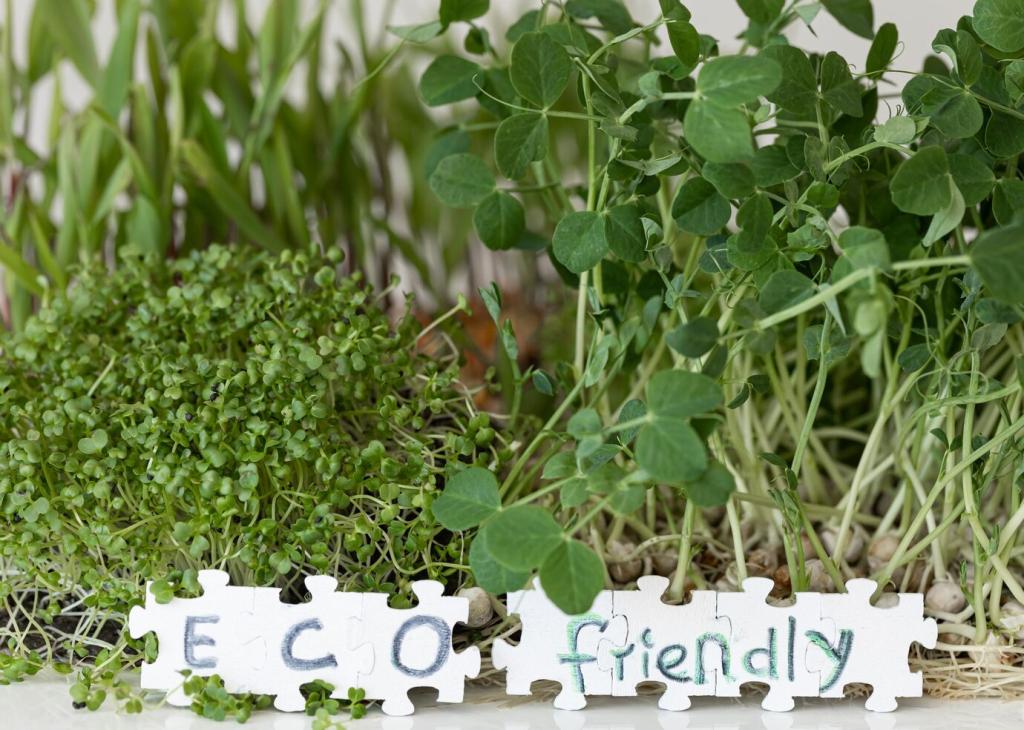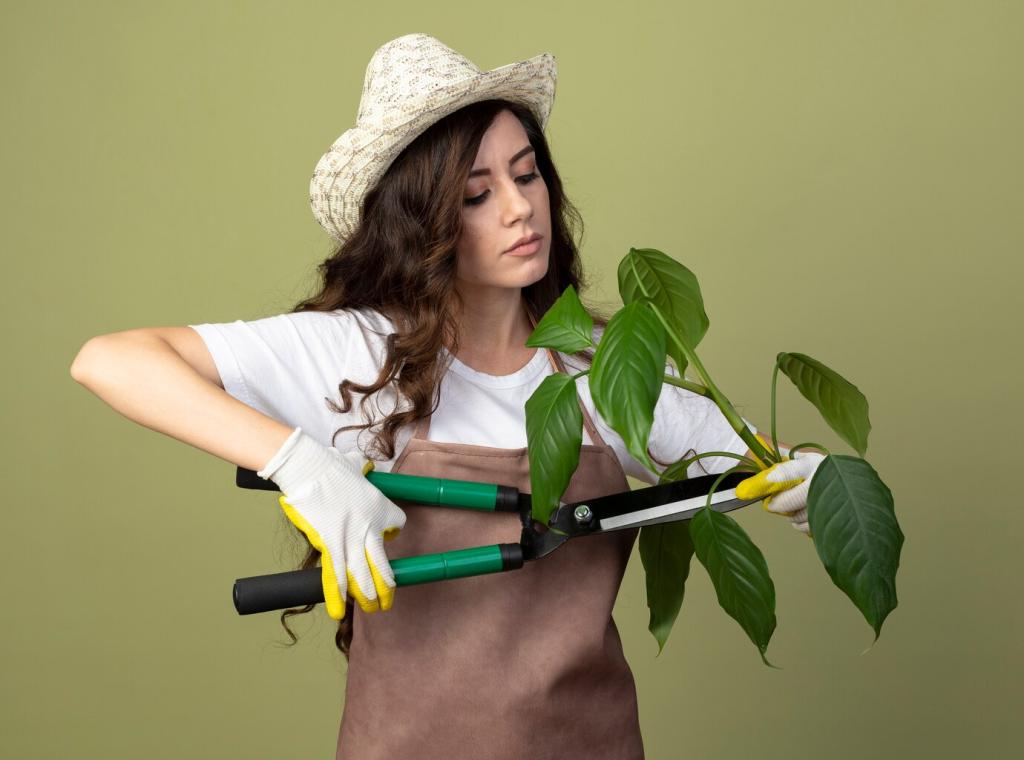Native Plantings for Modern Backyard Ecosystems
Creating a thriving, sustainable backyard ecosystem begins with an intentional approach to landscaping—one that centers the use of native plants. Not only do native plantings provide essential support for local flora and fauna, but they also lend a contemporary, curated feel to modern outdoor spaces. This approach weaves together ecological stewardship with elevated design, ensuring that your backyard remains both visually appealing and ecologically functional. Whether you’re transforming a small patio garden or a spacious lawn, understanding the principles and advantages of native plantings forms the first step toward cultivating a resilient outdoor haven.

Supporting Local Wildlife
Backyard ecosystems that mirror the natural plant communities of their geographic area provide robust support for local fauna. Native plantings supply food sources, nesting sites, and shelter for countless birds, butterflies, bees, and beneficial insects. When you incorporate native flowers, shrubs, and trees, you invite a wider variety of wildlife into your backyard—more so than with non-native ornamentals. Native species create a dynamic, living network by providing seasonal resources: spring nectar, summer seeds, autumn berries, and winter shelter. Over time, this fosters a richer, more balanced backyard ecosystem that sustains itself and mitigates the loss of natural habitats elsewhere.
Enhancing Pollinator Health
Pollinators such as bees, butterflies, and hummingbirds are vital to ecosystem health—and they are increasingly threatened by habitat loss, pesticides, and invasive plants. Native plantings have adapted alongside local pollinators, resulting in perfect synchrony between bloom times and pollinator needs. By planting an array of native species that flower sequentially throughout the growing season, you ensure there is always a source of nectar and pollen available. This not only boosts pollinator populations within your backyard but also strengthens the broader web of relationships that maintain food sources, plant reproduction, and overall ecosystem stability.
Improving Soil and Water Quality
Native plants are uniquely suited to their local soil and rainfall patterns, requiring less supplemental watering and minimal chemical inputs. Their deep, complex root systems improve soil structure, preventing erosion and increasing water infiltration. As a result, native plantings can dramatically reduce surface runoff and help filter pollutants before they enter local waterways. Incorporating natives in your backyard means embracing a low-impact, regenerative gardening practice that preserves water, protects valuable topsoil, and continues to enhance the environmental health of your property for years to come.
Previous slide
Next slide

Embracing a Layered Approach
A key aspect of designing modern native gardens is the deliberate use of plant layers. Combining groundcovers, perennials, shrubs, and trees replicates natural plant communities while enhancing visual complexity and ecological function. This strategy maximizes resource use—such as sunlight and water—and provides varied habitats for wildlife. Layered plantings also help define garden spaces, create privacy, and soften hard edges, delivering a balanced interplay between designed and natural elements. By selecting native plants suited to each layer, you achieve a landscape that remains dynamic and resilient through every season.
Curating Color and Texture
Native plants offer a stunning palette of colors, leaf shapes, and forms that can be artfully assembled to suit modern aesthetics. Curating a selection of species with contrasting foliage textures and bloom sequences brings sophistication and intentionality to the backyard. For example, grasses with fine blades juxtaposed against bold-leafed perennials create visual intrigue even when flowers are absent. Thoughtful color and texture choices ensure the garden remains appealing throughout the year, while also delivering habitat and forage for wildlife—a win for both design and ecology.
Creating Outdoor Living Spaces
A modern backyard ecosystem is more than just a garden—it’s an extension of the home. Integrating functional outdoor spaces, such as seating areas, pathways, or decks, within native plantings provides a harmonious blend of utility and beauty. Hardscape elements can be softened by planting borders of natives, creating inviting spaces without sacrificing ecological value. Purposeful transitions—like a flagstone path winding through a prairie-style bed—link the built environment to nature, fostering a backyard that encourages relaxation, recreation, and meaningful connection with the outdoors.
Previous slide
Next slide
Native plantings often require less water, fertilizer, and pest control than non-native alternatives because they are perfectly adapted to local conditions. Deep-rooted natives can survive drought periods, thrive on available rainfall, and resist common diseases without chemical intervention. Early establishment may involve occasional weeding and supplemental watering, but as the garden matures, it develops self-sufficiency. Proactive practices—such as mulching, monitoring for invasive species, and selective trimming—maintain garden health while minimizing environmental impact, making native plantings ideal for the busy modern homeowner.
Maintenance and Stewardship of Native Gardens
Join our mailing list
